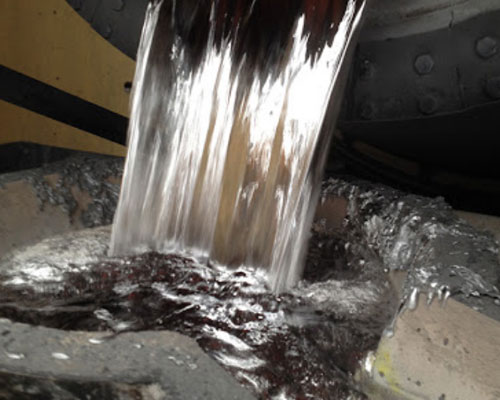How to prepare such a variety of complex raw materials into qualified recycled aluminum ingots is the core issue of recycled aluminum production. The first step of the secondary aluminum production process is the sorting and classification process of waste and miscellaneous aluminum.
The finer the sorting and the more accurate the classification, the easier it is to control the chemical composition of recycled aluminum.
Scrap aluminum parts often have many inlays. These inlays are mainly non-aluminum parts made of steel or copper alloy. If they are not pulled out in time during the smelting process, it will cause some unnecessary additions to the secondary aluminum composition. Composition (such as Fe, Cu, etc.).
Therefore, in the early stage of secondary aluminum smelting, that is, when the waste aluminum is just melted, there must be a process of stripping inserts (commonly known as the stripping process).

Secondary Aluminum Production
Pull out the inserts from the waste aluminum parts, and the more timely and clean it is, the easier it is to control the chemical composition of the recycled aluminum.
The temperature of the melt should not be too high when ironing, as the temperature rise will cause the Fe and Cu elements in the insert to dissolve into the molten aluminum.
Scrap aluminum materials collected from various places are inevitably dirty on the surface due to various reasons, and some are severely rusted. These dirt and rusted surfaces will enter the molten pool to form slag phases and oxidation inclusions during melting, which will seriously damage the metallurgical quality of secondary aluminum. .
Removal of these slag phases and oxide inclusions is also one of the important processes in the secondary aluminum smelting process.
Multi-stage purification is used, that is, a rough purification is carried out first, and the composition is adjusted and then a secondary rare earth fine change is carried out, and then inert gas is blown to further strengthen the refining effect, which can effectively remove the inclusions in the aluminum melt.

